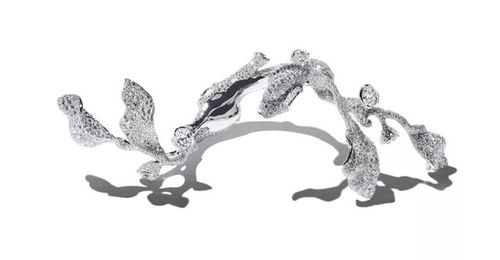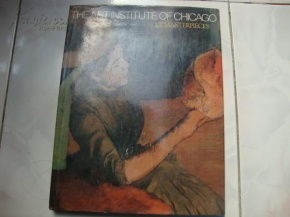Content:
Introduction: Fishing for whitebait, those elusive and delectable little fish, can be a thrilling challenge for anglers of all levels. Whether you're a seasoned pro or a beginner, mastering the art of catching whitebait requires a combination of patience, skill, and knowledge. In this comprehensive fishing technique guide, we will delve into the intricacies of whitebait fishing, offering valuable tips and strategies to help you hook more whitebait than ever before.
Understanding Whitebait Behavior: Before you cast your line, it's crucial to understand the behavior of whitebait. These tiny fish are known for their unpredictable movements and are often found in shallow waters near river mouths, estuaries, and coastal areas. By studying their habits, you can increase your chances of success.
1 Timing: Whitebait are most active during twilight hours, especially during spring and summer months. This is when they migrate from deeper waters to spawn in shallow waters. Plan your fishing trips accordingly to maximize your chances.

2 Tides: Tide patterns play a significant role in whitebait behavior. High tides often bring whitebait closer to the shore, making them more accessible to anglers. Study the tide charts and plan your trips during high tide periods.
Choosing the Right Equipment: The right equipment can make all the difference in your whitebait fishing experience. Here's a guide to the essential gear you'll need:
1 Rod and Reel: A light-action spinning rod paired with a compact spinning reel is ideal for whitebait fishing. The sensitivity of these rods allows you to detect even the slightest bite.
2 Line: Use a monofilament line with a breaking strength of 2 to 4 pounds. The thin line is less visible in the water, increasing your chances of a successful catch.
3 Lures and Baits: Artificial lures, such as tiny spoons or jigs, are highly effective for whitebait. Match the color and size of your lure to the natural prey of whitebait, which often includes small insects and plankton.
Mastering the Techniques: Now that you have the right equipment, it's time to refine your fishing techniques:
1 Casting: Practice your casting technique to ensure you can accurately place your lure in the target area. Keep your casts short and gentle to avoid spooking the whitebait.
2 Baiting: If you prefer using natural baits, such as worms or small insects, make sure to hook them lightly to avoid causing harm to the fish. The goal is to mimic the natural movement of prey.
3 Retrieval: A slow and steady retrieval is key when fishing for whitebait. Let your lure sink to the desired depth, then retrieve it with a gentle, rhythmic motion. The subtle movements of the lure can trigger a bite.
Spotting Whitebait: Identifying whitebait can be challenging, especially when they are just a few inches long. Here are some tips to help you spot them:
1 Look for Schools: Whitebait often travel in schools, so keep an eye out for a concentration of fish near the surface. Schools can appear as small, silvery specks moving in a synchronized manner.
2 Watch for Feeding Activity: Whitebait are known for their voracious appetites. Look for areas where they are actively feeding, as this indicates a higher chance of catching them.
Catch and Release: Responsible fishing is crucial when it comes to whitebait. These delicate fish are highly valued for their taste and are often released after being caught. Here are some tips for a successful catch and release:
1 Use a Deader Grip: A deader grip is a gentle and effective way to handle whitebait. Keep your grip firm but not tight to avoid causing unnecessary stress.
2 Use a Net: A soft mesh net can help you safely collect whitebait without damaging them. Be gentle when handling the fish, and release them as quickly as possible.
Conclusion: Catching whitebait requires a blend of knowledge, skill, and patience. By understanding their behavior, choosing the right equipment, mastering the techniques, and spotting whitebait effectively, you'll be well on your way to a successful whitebait fishing adventure. Remember to practice responsible fishing and enjoy the thrill of hooking these delightful little fish. Happy fishing!












